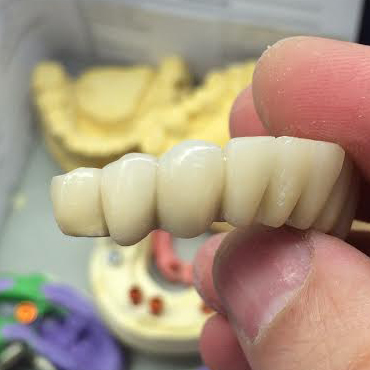Warning: Trying to access array offset on value of type bool in /home/bright16/public_html/brightondentallabs.com/wp-content/themes/bdl-custom/functions/theme-functions.php on line 1291
Warning: Trying to access array offset on value of type bool in /home/bright16/public_html/brightondentallabs.com/wp-content/themes/bdl-custom/functions/theme-functions.php on line 1296
Warning: Trying to access array offset on value of type bool in /home/bright16/public_html/brightondentallabs.com/wp-content/themes/bdl-custom/functions/theme-functions.php on line 1318
Warning: Trying to access array offset on value of type bool in /home/bright16/public_html/brightondentallabs.com/wp-content/themes/bdl-custom/functions/theme-functions.php on line 1319
Warning: Trying to access array offset on value of type bool in /home/bright16/public_html/brightondentallabs.com/wp-content/themes/bdl-custom/functions/theme-functions.php on line 1320
Dental Cavities: What You Should Know!
06/12/2013Cosmetic Dental Solutions-Part I
06/12/2013Warning: Trying to access array offset on value of type bool in /home/bright16/public_html/brightondentallabs.com/wp-content/themes/bdl-custom/functions/theme-functions.php on line 1291
Warning: Trying to access array offset on value of type bool in /home/bright16/public_html/brightondentallabs.com/wp-content/themes/bdl-custom/functions/theme-functions.php on line 1296
Warning: Trying to access array offset on value of type bool in /home/bright16/public_html/brightondentallabs.com/wp-content/themes/bdl-custom/functions/theme-functions.php on line 1318
Warning: Trying to access array offset on value of type bool in /home/bright16/public_html/brightondentallabs.com/wp-content/themes/bdl-custom/functions/theme-functions.php on line 1319
Warning: Trying to access array offset on value of type bool in /home/bright16/public_html/brightondentallabs.com/wp-content/themes/bdl-custom/functions/theme-functions.php on line 1320
Tooth Fracture
Tooth fractures can be extremely minor (affecting the enamel and/or dentin) or very severe (affecting the root), depending on the severity of a dental accidental. Basically, teeth have two protective layers, called the dentin and the enamel. The white hard outer layer is known as the enamel while the yellow layering lying beneath this white layer is the dentin. Together, these two layers offer protection to the dental pulp. Almost one-third portion of the tooth that is visible is known as the crown, whereas the remaining portion i.e. the root is hidden inside the bone. In most cases, dental X-rays are needed for diagnosing, locating as well as measuring the severity of a tooth fracture.

What is a serious tooth fracture?
If a tooth fracture is extremely severe, it will expose the dentin as well as the pulp tissue. The fracture needs immediate treatment as the tooth may have displaced or become loose. If the tooth is at risk of falling out totally, the dental professional may consider splinting the loose tooth while causing it to bond to the neighboring teeth for stabilizing the tooth as the underlying gums and bones start to heal. Since there are greater chances for the tooth pulp to die, the dentist may perform a root canal treatment during the affected individual’s first visit. Or in other cases, the dentist may consider it best to use a sedative for calming the dental pain and the patient may be asked to re-visit the dentist in 2-4 weeks for further evaluation and treatment. During these visits, the dentist may perform root canal treatment, which is typically followed by application of dental fillings or crown placement. The dentist may also remove the splint during these visits.
What about a fracture of the enamel and dentin?
Certain tooth fractures affect both the enamel as well as the dentin of teeth. However, the affected individual neither experiences the problem of displaced teeth nor gum bleeding. As these fractures are quite deep, the teeth will most likely develop sensitivity to food and/or cold temperature. If the dentin is exposed to oral bacteria for a long time, the inner pulp tissue may eventually die. This can result in further tooth infections and dental abscess. This is why; fractures that involve damage to the dentin need immediate treatment. In most cases, a sedative dressing is applied on the exposed dentin, which is followed by the application of dental fillings and crown placement for protecting tooth pulp. Follow up dental X-rays in a couple of months may be required to ensure that the pulp is still alive.
If the fracture has caused significant damage to the pulp, the dentist may either extract the dying tooth or perform a root canal treatment for preventing severe tooth infections. It should be noted that the root canal treatment can preserve the dying tooth while eliminating the need of tooth extraction.


